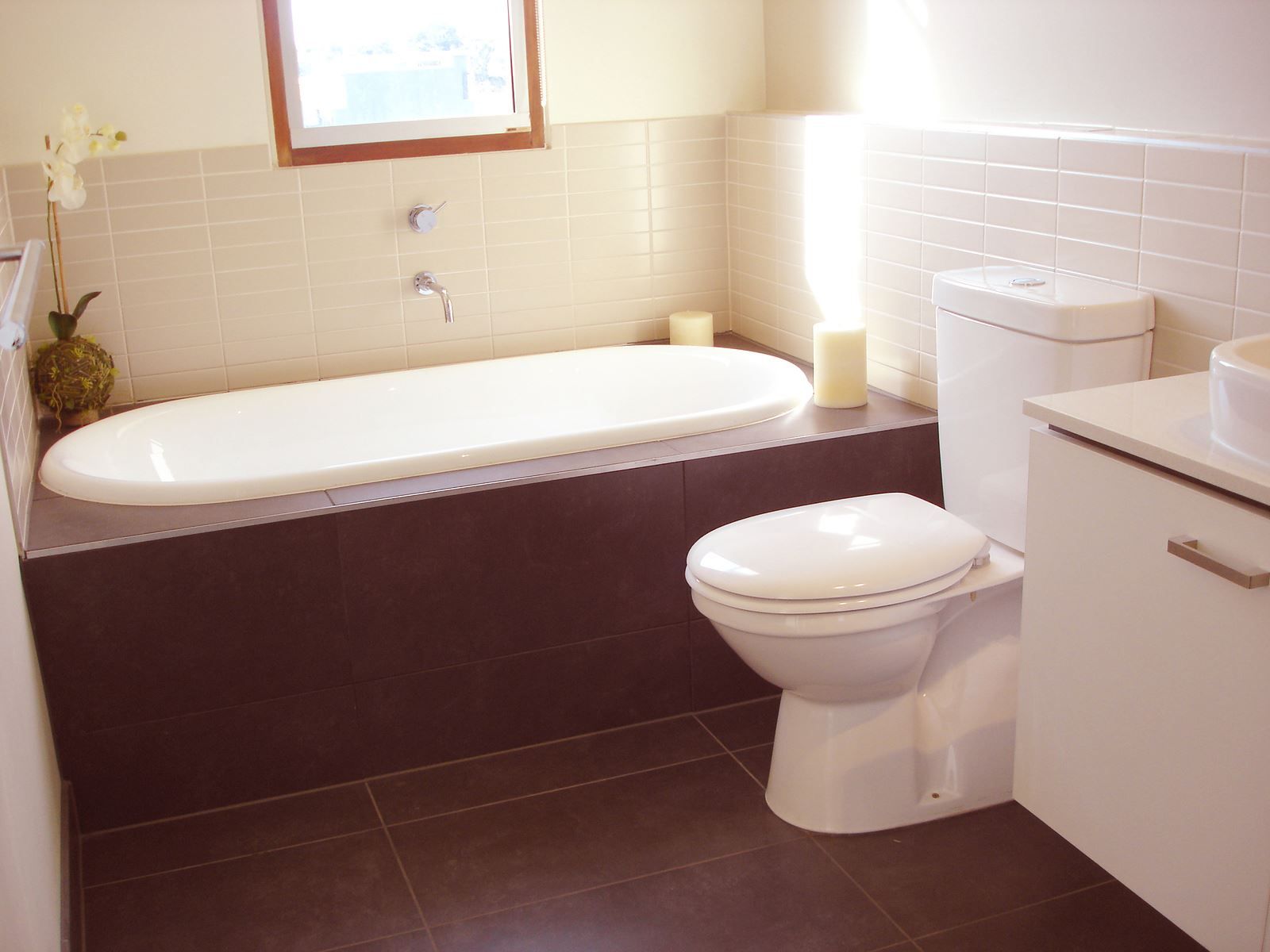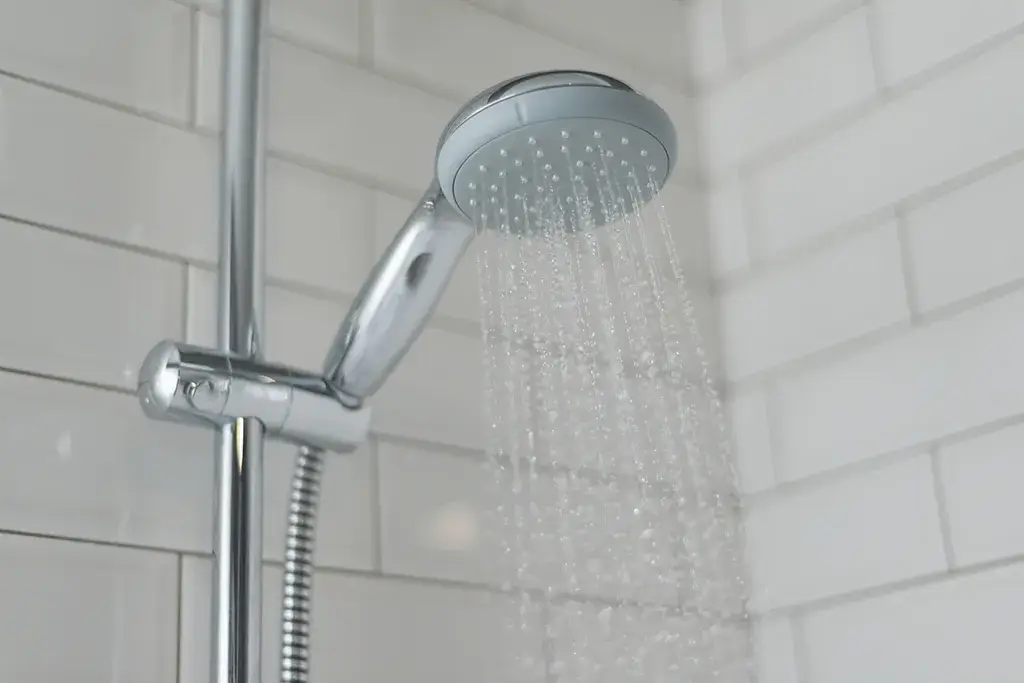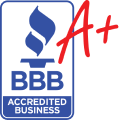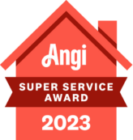There’s nothing worse than dealing with a backed-up sewer line, especially in Honolulu’s tropical climate. When drains refuse to clear and foul odors start wafting through your home, you know you’ve got plumbing problems brewing. A clogged sewer line can quickly escalate from a nuisance into an unsanitary headache with wastewater overflows potentially causing costly property damage.
The tricky part? Pinpointing the exact culprit that forces your drain lines into that constipated state isn’t always obvious. It could be something as simple as an errant toy or built-up hairballs. Or you might be dealing with more complex blockages like root intrusion, bellied pipes, or deteriorating lines struggling to maintain proper flow.
This guide examines the most common reasons Hawaiian homeowners wind up waving the white flag in surrender to clogged sewer drains. We’ll cover telltale signs that a significant clog is to blame, explore prevalent environmental factors intensifying the issue locally, and provide preventative tips. No island resident wants to be caught knee-deep in a sewage disaster!
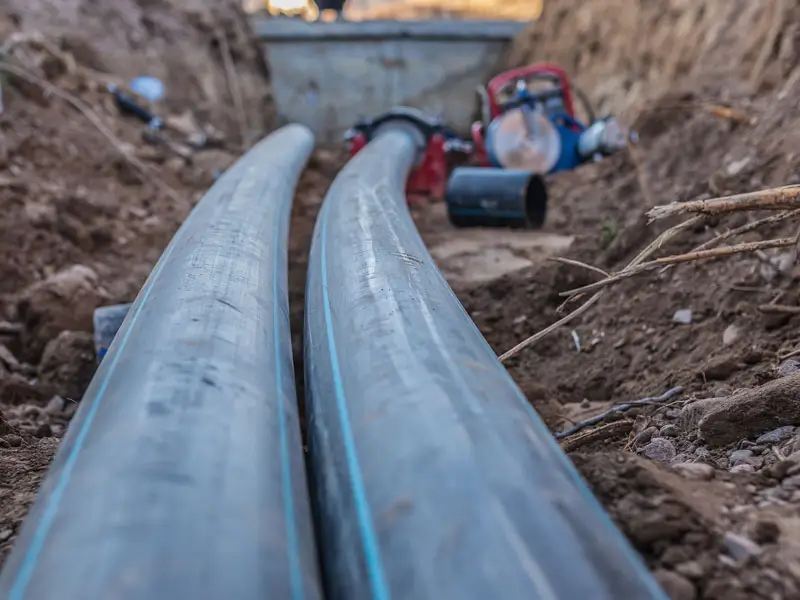
How to Identify a Clogged Sewer Line
Not every slow drain or minor backup signals a serious sewer line clog plaguing your plumbing system. Sometimes residue buildups or isolated pipe obstructions create those all-too-familiar frustrations. But when multiple fixtures simultaneously struggle with drainage issues, there are some unmistakable indicators you’re likely dealing with a major sewer line blockage requiring professional attention.
Widespread Backups
If every sink, shower, and toilet in your home experiences sluggish draining at the same time, that widespread systemic backup points squarely toward a clogged main sewer line. When asking “Why won’t anything drain properly?” an obstruction in that primary waste pipe proves the likely culprit.
Gurgling Sounds
As wastewater struggles valiantly to navigate around clogs, it gets forced through restricted pipe pathways creating those haunting gurgling and ghoulish gasps. If you hear this spooky soundtrack from multiple drain sources, it’s a big red flag that something significant is blocking sewer lines.
Awful Odors
When solid matter and stagnant water sources get trapped within sewer pipes by major clogs, noxious odors start permeating outward. If persistent rotten, sewage-like smells seem inescapable no matter how many drains you cover, chances are high the issue stems from your main sewer drain.
Wet Spots Outside
Sometimes sewer backups first reveal themselves not inside your home, but through telltale signs outdoors. If lush, sudsy patches suddenly develop on your lawn or you notice sinkholes forming, it could indicate a sewer line clog has reached a critical point creating an exterior overflow point through cracks.
Honolulu homeowners know the last thing they need is raw sewage flooding inside living spaces. If you encounter these sewer line clog indicators, immediate professional drain cleaning resolves the situation before true catastrophe strikes!
Common Causes of Clogged Sewer Lines
Even a well-constructed sewer line system doesn’t possess immunity against clogs wreaking havoc on normal wastewater flow over time. From errant flushed debris steadily accumulating to ever-encroaching root masses, a variety of formidable forces constantly conspire to obstruct pipes. Let’s examine some of the most common culprits Honolulu homeowners find themselves battling.
Flushed Debris
It may seem obvious, but toilets and sink drains frequently fall victim to misuse as a convenient disposal chute for inappropriate items. Those feminine products, hardened grease clumps, and baby wipes may disappear down the drain initially. But once lodged within sewer pipes, that refuse quickly congeals into a dense, immovable clog restricting water passage.
Tree Roots
Hawaii’s lush landscapes conceal an underground adversary lying in wait to ambush sewer systems. Those thick, relentless tree roots spread outward constantly seeking new sources of moisture and nutrients. As they snake through pipe joints and cracks, the roots proliferate into impenetrable hairy masses until complete blockages form.
Grease/Oil Buildup
That bacon grease and cooking oil may look harmless swirling down kitchen drains initially. But those viscous substances rapidly congeal and adhere to sewer pipe walls in thick sludgy layers. As this stubborn buildup accumulates, it steadily restricts flow while providing the perfect sticky trap capturing stray debris.
Collapsed/Broken Pipes
Over decades, even the most durable sewer lines eventually succum to immense underground stresses. Heavy, saturated soil loads pressing down create gradual pipe buckling, cracking, and collapse sections. This allows sewage leaks while simultaneously obstructing normal outward flow.
Accumulated Sediment/Scale
Within older residential plumbing infrastructures, years of mineral buildup from hard water sources slowly obstruct sewer lines too. That rock-like sediment scales along pipe walls, steadily narrowing interiors until the waste can no longer properly evacuate. Hawaiian households on municipal or well systems remain vulnerable.
Whether it stems from external assailants like roots, internal waste buildup, or simply degradation over time, sewer line clogs demand urgent professional intervention. Allowing even minor obstructions to fester risks potential sewage backups contaminating living spaces with bacteria and biohazards. Keeping drain pathways clear provides far more than just a convenience!
Environmental Factors in Honolulu, HI
While sewer line clogs prove a nuisance no homeowner wants to deal with anywhere, Honolulu’s unique tropical environment creates certain regional conditions exacerbating the issue for island residents. Let’s explore some key ecological factors increasing susceptibility to these problematic drain obstructions.
Invasive Root Systems
The Hawaiian Islands’ warm, moist climate allows lush vegetation to flourish year-round. But that vibrant growth also means widespread networks of thick, pervasive root systems constantly spreading underground. Those insatiable roots naturally gravitate toward sewer pipes, intruding through even hairline cracks and causing extensive structural compromise.
Soil Composition
Hawaii’s volcanic soil composition contributes significantly to sewer line degradation as well. That porous, rocky medium surrounding pipes coupled with fluctuating moisture levels leads to excessive ground shifting and pipe joint separations. Those open bellies invite root intrusions and accumulating debris clogs.
High Water Tables
Many Hawaiian residential communities exist within high water table areas where the groundwater level remains relatively elevated. That increased hydrostatic pressure bears down on buried sewer pipes relentlessly, accelerating fracturing and collapse risks over several decades.
Tropical Storms
While Honolulu avoids direct hurricane strikes, the islands still endure powerful tropical storms annually bringing torrential rainfall inundation. Those deluges quickly overwhelm residential sewer systems never designed to accommodate such extreme flows, allowing debris transportation from surface flooding sources.
Environmental Preservation Efforts
In their noble pursuit of preserving Hawaii’s unparalleled natural splendor, some municipalities restrict using harsh chemical drain cleaners that actually help dissolve soft obstructive blockages. More eco-friendly options frequently lack the same potency for eliminating bigger clogs.
From aggressive root profiles and unstable volcanic soil to forceful water volumes, Hawaii’s tropical ecology throws a gauntlet of complicating factors at sewer systems. Vigilant drain maintenance and professional intervention become vital to mitigating the issue’s prevalence statewide.
Preventative Measures and Maintenance
While sewer line clogs prove an inevitable nuisance for many Hawaiian homeowners, implementing some proactive preventative measures can significantly reduce their frequency and severity. A few simple maintenance habits provide your best defense against drain obstructions escalating into full-blown backups.
Responsible Disposal Practices
Avoiding flushing anything other than dissolvable waste and toilet paper seems like obvious advice, yet it’s one of the most important. Commit to never treating toilets or sinks as a convenient receptacle for feminine products, baby wipes, dental floss, or food scraps. That errant debris rapidly congeals into major clogs.
Regular Drain Cleaning
Don’t wait for that first sign of sluggish drainage to start taking action. Routinely employing enzyme/bacterial drain cleaners helps break down accumulated gunk and hair before it hardens into obstructions. For kitchen sinks, flush drains monthly with boiling water followed by baking soda and vinegar to help dissolve grease.
Sewer Jetting Service
While routine DIY drain snaking provides a simple stopgap solution for minor clogs, homeowners should budget for professional sewer jetting service every 2-3 years. Those high-pressure water jets blast through the toughest blockages while scouring pipe walls clean. It’s preventative medicine for your plumbing system.
Planting Precautions
Since tree roots serve as primary sewer line disruptors statewide, carefully considering surrounding foliage and future growth patterns becomes crucial. When feasible, avoid planting vegetation requiring extensive root systems near buried utilities. Routine pruning also helps minimize subsurface spread.
Inspection/Repair Intervals
Within Hawaii’s unique ecological conditions, even recently-installed sewer systems still warrant periodic video inspections to verify integrity. Those high-tech camera scans identify developing cracks, bellies, and structural flaws before minor issues morph into full-blown collapses requiring expensive excavation projects.
An ounce of prevention ultimately provides the most cost-effective remedy for Hawaii’s sewer woes. Implementing drain maintenance best practices coupled with professional service intervals safeguards your plumbing system’s longevity while avoiding those dreaded sewage backups. A little proactive effort goes a very long way!
Clogged Sewers Wrecking Your Aloha Spirit? Bring in Steve’s Plumbing Pros!
Even in paradise, Honolulu homeowners can’t avoid sewer headaches. When drains gurgle and foul stenches fill the air, it’s a sure sign of major clogs requiring skilled help before hazards escalate.
Since hitting the islands in ’87, Steve’s Plumbing & AC Service has cleared countless sewer backups. Our certified crew utilizes cutting-edge video inspection tools to track down obstructions, then determines the right fix – be it high-pressure hydrojetting, trenchless relining, or another solution to rapidly restore proper flow while minimizing property damage.
As kamaaina, we know the brutal Honolulu environment creates unique plumbing challenges like aggressive root invasions, mineral buildup, and pipe degradation. Count on Steve’s preventative maintenance to proactively defend your lines year-round. Why risk amateurs when these true island experts deliver guaranteed results?
End the clogged sewer misery and dial (808) 563-4054 for Steve’s acclaimed plumbing service today!

